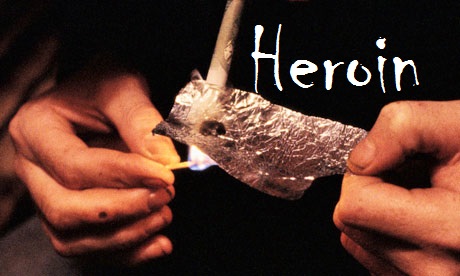 Recent research published by the National Institute of Health has demonstrated that results for drug addiction treatment are greatly improved when treatment is of adequate length. According to NIDA (National Institute on Drug Abuse): “Individuals progress through drug addiction treatment at various rates, so there is no predetermined length of treatment. However, research has shown unequivocally that good outcomes are contingent on adequate treatment length. Generally, for residential or outpatient treatment, participation for less than 90 days is of limited effectiveness, and treatment lasting significantly longer is recommended for maintaining positive outcomes.”
Recent research published by the National Institute of Health has demonstrated that results for drug addiction treatment are greatly improved when treatment is of adequate length. According to NIDA (National Institute on Drug Abuse): “Individuals progress through drug addiction treatment at various rates, so there is no predetermined length of treatment. However, research has shown unequivocally that good outcomes are contingent on adequate treatment length. Generally, for residential or outpatient treatment, participation for less than 90 days is of limited effectiveness, and treatment lasting significantly longer is recommended for maintaining positive outcomes.”
Unfortunately, many people with traditional programs drop out of treatment which becomes the limited factor for success. NIDA states, “Because successful outcomes often depend on a person’s staying in treatment long enough to reap its full benefits, strategies for keeping people in treatment are critical. Whether a patient stays in treatment depends on factors associated with both the individual and the program. Individual factors related to engagement and retention typically include motivation to change drug-using behavior; degree of support from family and friends; and, frequently, pressure from the criminal justice system, child protection services, employers, or family.”
Glen Petcavage, Executive Director of Narconon Colorado states that in contradiction to NIDA and significant volumes of research about adequate length of treatment being 90 days or greater, third party payers, insurance companies are paying for shorter stays frequently less than 28 days of residential care. Thus we have public policy, the private insurance industry (which is unregulated in the area of addiction treatment) not paying for treatment which is indicated by the most compelling clinical evidence. NIDA states that, ”Unfortunately, managed care has resulted in shorter average stays, while a historical lack of or insufficient coverage for substance abuse treatment has curtailed the number of operational programs.”
While the policy of insurance companies paying for somewhat less than adequate treatment at least the solutions exist for those who can augment what their health insurance policies will cover. The real costs of addiction are much greater than the cost of treatment – emotional and physical pain, stress on the family, lost income, legal fees, cost of drugs and health care for the addict, etc. all add up to hundreds of thousands of dollars for an addict’s habit that has not been rehabilitated. According to NIDA, the return on investment for treatment is a $4 to$7 return for every dollar spent on treatment.
